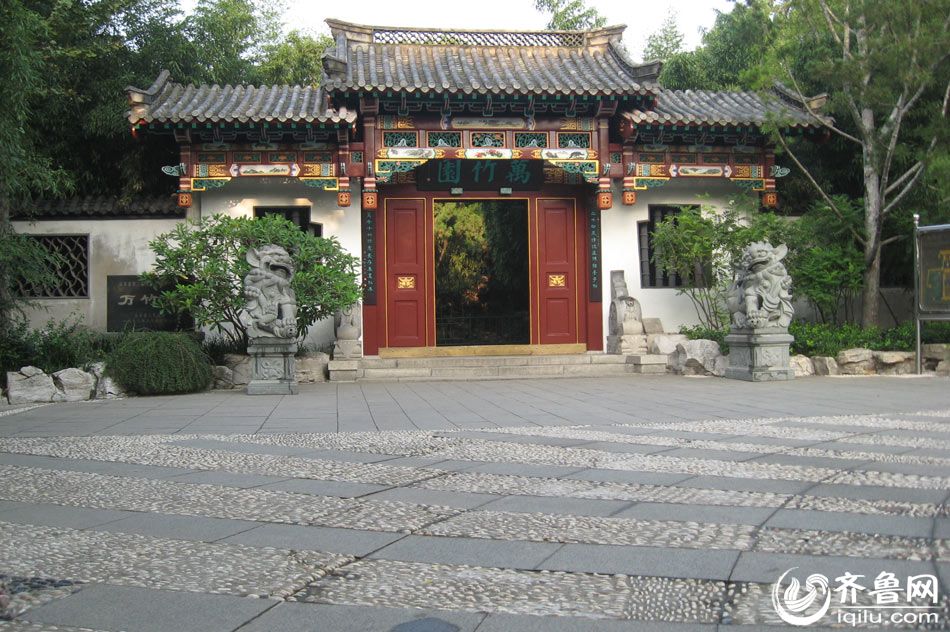
ten thousand bamboo garden is located in the west of Ping Ping Street, east of TIG Chi Street, east of Baotu Spring, and now in the Baotu Spring scenic area. In the early years of the Republic of China, Zhang Huaizhi, the governor of Shandong, invited the skilled craftsmen of South and north to learn the architectural features of Beijing palace, Southern Courtyard and Ji'nan quadrangle, and built them in 10 years. Also known as the Zhangjia garden. The park has 3 courtyards, 13 courtyards, 186 houses, 5 bridges, 4 pavilions, 1 gardens, and a famous spring named Wang Shui Quan, east Gao Quan and Bai Yunquan. The picture is the present Wan bamboo garden. Wang Jun / photo of the Shandong Photographer Association